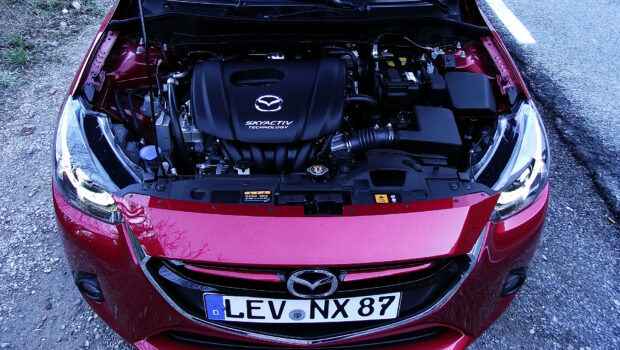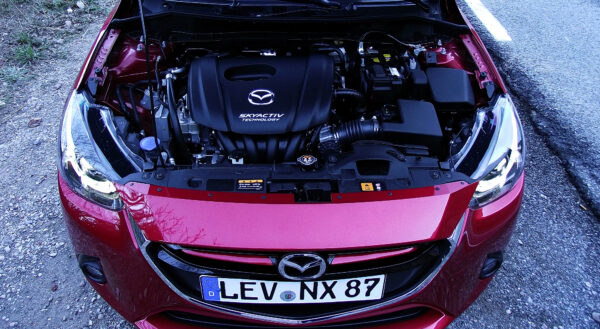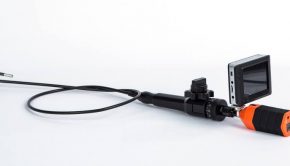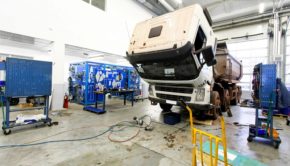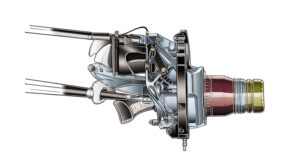Will the naturally-aspirated Engine Ever Make a Comeback
Time changes everything. Forty years ago, drivers enjoyed the soundtrack of their car engines as they moved from one point to another when changing gears. The changing soundtrack followed a metallic shriek that joined the exhaust howl at its upper reach. However, all these now seem to have a dull future. Most motor companies consider natural aspiration engines as a traditional approach. The approach involved an internal combustion engine where air intake depends on atmospheric pressure.
While you can still buy this engine in some cars, you cannot find it in the mainstream models. So, the question remains. Will the naturally-aspirated engine ever make a comeback? Here is a break discussion on whether the naturally aspirated engine can make a comeback.
- Primary Manufacturers. Audi considers the naturally aspirated engine as a niche technology. However, you can still buy it in the RS5 and R8 models, but not in other mainstream models. Mercedes has also stopped manufacturing naturally aspirated engines, and so has Porsche and Ferrari. German automaker BMW turbocharged its entire engine line-up almost a decade ago, but BMW’s last naturally-aspirated engines are seen as more dependable than newer turbocharged equivalents. For many years, BMW has been responsible for manufacturing some of the best naturally aspirated engines. The company has a history of high-revving and high-spirited engines that come in either four, six, or twelve-cylinder guises. However, the company no longer offers naturally aspirated engines.
- What Went Wrong? Another question that most people still ask is what went wrong with the engine technology that dominated the road for years? The answer to this question revolves around the fact that economy and efficiency drives the modern car industry. The European Union legislation on the economy and emissions target, in turn, drives the economy and efficiency model. All this took a turn during the Kyoto Protocol of 1992. The Kyoto Protocol stated that the world must pull back the emission levels by 8% by 2012, leading to the birth of the Euro I vehicle emissions regulation of 1993. These legislations mainly seemed to target diesel engines at the time. As such, to meet the EU targets, all diesel engines went to turbocharging. This move dropped the price of turbochargers and increased their efficiency. Another blow hit naturally aspirated engines when another EU regulation insisted on an average CO2 of 130g/km for every carmaker by 2012/2015. In 2020, the EU demanded that CO2 emissions for each car company’s fleet should be slashed to 95g/km. Countries such as the Netherlands further demanded an average of 80g/km. These regulations meant that car manufacturers must turn to turbochargers.
- The Future. Downsizing and turbos are now the future of the car industry. Downsizing is where a smaller turbo motor does the job of a larger naturally aspirated engine. Downsizing means using lower revs and down speeding. Companies like Mercedes, Audi, and BMW suggest that the days of naturally aspirated engines are now over and cannot be considered for mass production. Turbochargers provide high torque starting at low revs and within a broad speed range, thus outperforming naturally aspirated engines.
- Possibility of a Comeback. Some people still believe that a company will produce a cut-price Ferrari LaFerrari and combine a naturally aspirated motor with electric power to boost it at low speed. Toyota is already doing this with the powertrain for Europe. Toyota claims that electric boost provides an opportunity to deliver torque to the powertrain where the naturally aspirated engine failed, saving fuel and improving performance. Another way to save the naturally aspirated engine is by introducing an electric version of a turbo. This invention will not work as an electric motor inside a gearbox nor as a naturally aspirated engine. It will work like an electric motor pretending to be a turbocharger, powered by a 42-volt system and force-feeding the engine with air.
In conclusion, there is a possibility of the naturally aspirated to make a comeback with hybrid powertrains. A hybrid powertrain with a turbo engine adds too much complexity and points of failure to a car. The solution could be a naturally aspirated non-turbo engine paired with a hybrid powertrain for a simpler setup and less maintenance. The powertrain may also achieve reduced fuel consumption by incorporating an energy storage device like a battery, and a means to convert that energy into mechanical motion. The hybrid powertrain will also have relative sizes of an internal combustion engine and a motor to control the electrical part of the engine.

